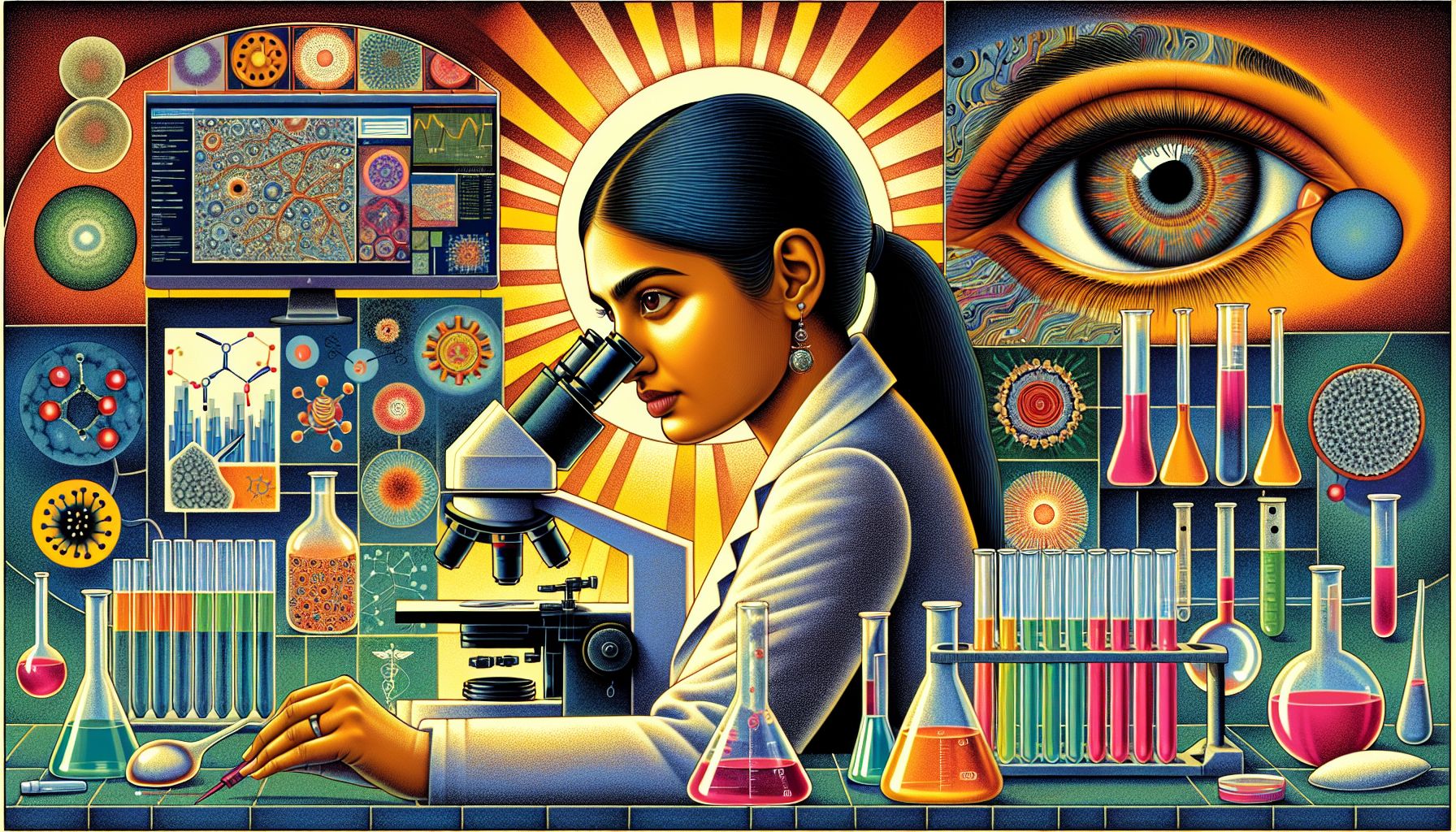Innovative Tear Fluid Research Offers Breakthrough in Disease Diagnosis

Maastricht, Thursday, 13 February 2025.
Dr. Marlies Gijs at Maastricht UMC+ pioneers using tear fluid for non-invasive diagnosis of diseases like Alzheimer’s, presenting a significant shift from traditional methods like spinal taps.
A Revolutionary Approach in Healthcare Technology
This groundbreaking healthtech innovation represents a significant advancement in medical diagnostics. Dr. Marlies Gijs, nicknamed ‘the tear doctor,’ and her team at Maastricht UMC+ have successfully identified crucial biomarkers in tear fluid, including amyloid and tau, which are key indicators of Alzheimer’s disease [1]. This research, published in 2023, extends beyond Alzheimer’s to include potential applications for ALS and Huntington’s disease [1][4].
The Science Behind Tear Analysis
The innovative approach focuses on analyzing tear fluid as a diagnostic medium, offering a non-invasive alternative to traditional methods such as spinal taps [1]. This methodology has already demonstrated its versatility, having been successfully applied in detecting viral infections, including during the COVID-19 pandemic when researchers identified the virus’s presence in tears [1].
Future Applications and Development
The research team is working towards developing diagnostic strips for home testing, similar to pregnancy tests, which could revolutionize how we approach disease detection [1]. As part of the Tear Research Network, Dr. Gijs’s work involves global collaboration to enhance understanding of tear fluid diagnostics [1]. This international cooperation strengthens the research’s potential for widespread implementation in healthcare systems worldwide.
Impact on Patient Care
The significance of this development lies in its potential to transform diagnostic procedures, making them more accessible and less stressful for patients. As Dr. Gijs explains, ‘This discovery has the potential to change how we diagnose neurological conditions, making early detection easier and less invasive’ [1]. The research began with a focus on eye health but has expanded to encompass broader medical diagnostics, representing a true gamechanger in healthcare [1][4].

